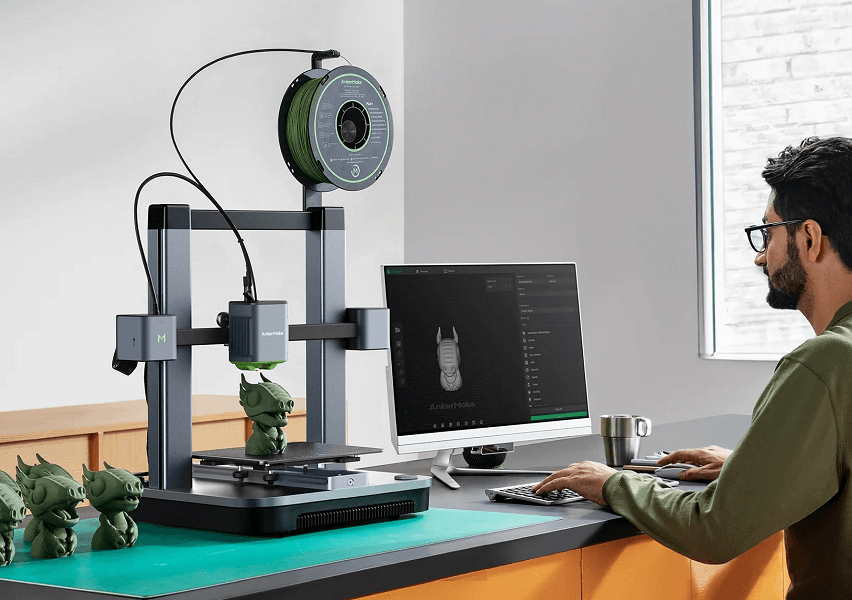
3D printing, also known as additive manufacturing, is transforming the construction industry in India by introducing faster, cost-effective, and sustainable building methods. This innovative technology is reshaping traditional construction practices, making complex designs achievable and improving resource efficiency.
KEY ADVANTAGES OF 3D PRINTING IN CONSTRUCTION
a. FASTER CONSTRUCTION TIMELINES
- Structures can be printed within days, significantly reducing project durations.
- Ideal for quick housing solutions and disaster relief shelters.
b. COST EFFICIENCY
- Reduces labor and material wastage.
- Uses precise amounts of construction materials, optimizing resource utilization.
c. DESIGN FLEXIBILITY
- Enables intricate and customizable architectural designs.
- Makes it feasible to construct geometrically complex structures.
d. SUSTAINABILITY
- Utilizes eco-friendly materials such as recycled concrete and geopolymer.
- Generates minimal construction waste compared to traditional methods.
2. APPLICATIONS OF 3D PRINTING IN INDIAN CONSTRUCTION
b. INFRASTRUCTURE DEVELOPMENT
- Printing components like bridges, benches, and utility infrastructure for urban spaces.
- Example: A 3D-printed pedestrian bridge in Bengaluru showcases the potential of this technology.
c. DISASTER RELIEF HOUSING
- Quick deployment of durable shelters for areas affected by natural disasters.
- Reduces the time needed to rebuild communities.
d. INDUSTRIAL AND COMMERCIAL BUILDINGS
- Production of modular office spaces and factories using automated 3D printing systems.
3. CHALLENGES OF 3D PRINTING IN INDIAN CONSTRUCTION
a. HIGH INITIAL COSTS
- The setup of 3D printing technology and equipment is capital-intensive.
b. LACK OF SKILLED WORKFORCE
- Requires specialized training for architects, engineers, and construction workers.
c. REGULATORY AND COMPLIANCE BARRIERS
- Limited guidelines and standards for 3D-printed structures in India.
d. LIMITED MATERIAL AVAILABILITY
- Dependence on imported or proprietary materials increases costs.
4. FUTURE OF 3D PRINTING IN INDIAN CONSTRUCTION
a. COLLABORATION WITH STARTUPS AND ACADEMIA
- Partnerships between tech startups and institutions like IITs are accelerating innovation.
b. GOVERNMENT INITIATIVES
- Promoting 3D printing through initiatives like Smart Cities Mission and Housing for All.
c. INTEGRATION WITH SMART TECHNOLOGIES
- Combining 3D printing with IoT and AI for fully automated construction processes.
d. EXPANSION TO RURAL AREAS
- Using 3D printing to build infrastructure in remote and underdeveloped regions.
Conclusion: 3D printing is poised to revolutionize construction in India by addressing challenges like housing shortages, sustainability, and cost overruns. While there are hurdles to widespread adoption, continued innovation and investment in this technology will enable a more efficient and environmentally conscious construction industry.


